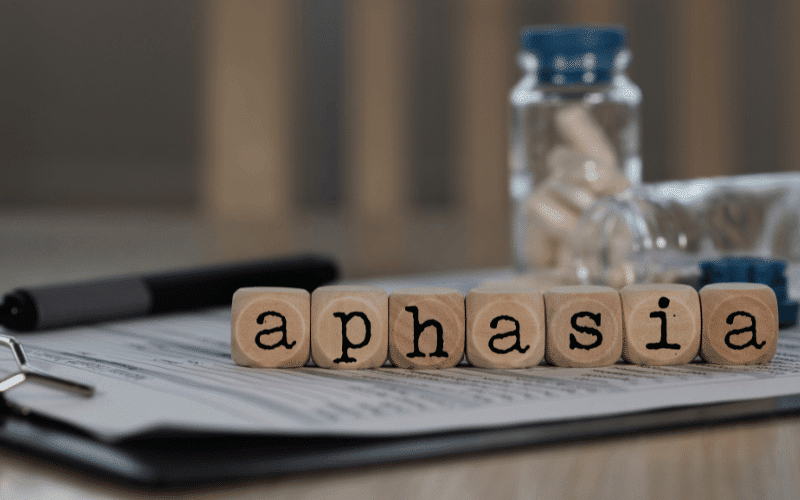Fact 3. Diagnosis: Unraveling Expressive Aphasia

Diagnosing Expressive Aphasia entails a comprehensive evaluation process. It usually begins with a detailed medical history and a thorough neurological examination, including tests of strength, sensation, reflexes, and coordination, among other areas.
The primary diagnostic tool, however, is a language assessment, conducted by a speech-language pathologist. This professional will evaluate the individual’s ability to speak, listen, read, and write, alongside other cognitive-communication functions. The tests are designed to ascertain the person’s ability to understand, retrieve, and formulate language effectively.
During these assessments, the speech-language pathologist may ask the person to perform tasks such as naming objects, repeating phrases, answering questions, and following commands. They may also assess the person’s written language skills and reading comprehension.
Radiological evaluations, including Magnetic Resonance Imaging (MRI) and Computerized Tomography (CT) scans, can also be utilized. These scans can help identify any damage or abnormality in the Broca’s area or surrounding regions of the brain, which might be causing the aphasia.
The data collected from these tests allow professionals to diagnose Expressive Aphasia accurately and also gauge its severity. A precise diagnosis is instrumental in crafting a tailor-made rehabilitation plan, taking into account the individual’s unique set of challenges and strengths. (3)